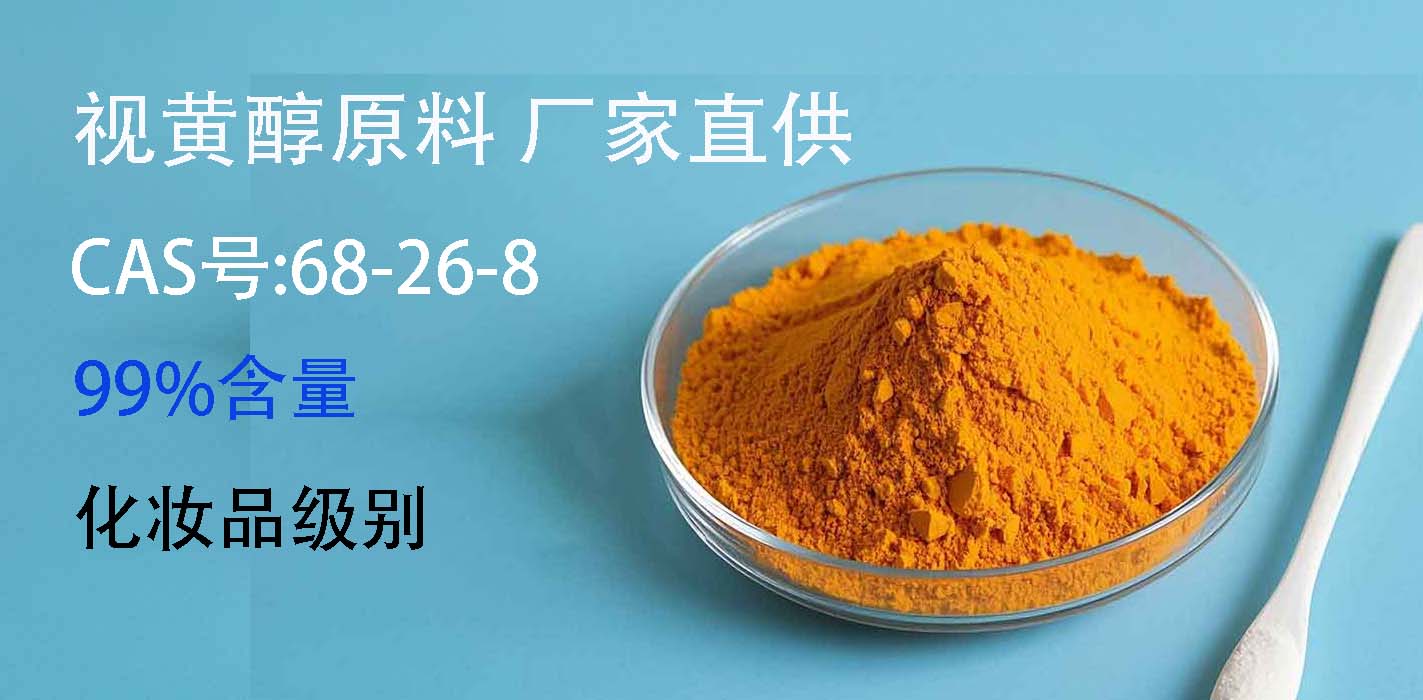When you search for “视黄醛的英文翻译,” you are likely seeking more than just a simple translation. Your needs probably extend to understanding what this molecule is, its significance, and how it differs from similar-sounding compounds. This article will comprehensively address these points, providing a clear and informative guide to Retinal.
What is Retinal? The Direct Translation and Basic Definition
The direct English translation of “视黄醛” is Retinal (also known as Retinaldehyde).
At its core, Retinal is a form of Vitamin A. It is a yellow-colored, fat-soluble aldehyde. It is one of the most crucial molecules in the visual cycle, the process that allows us to see.
Key Demand Points Addressed:
-
Clarifying the Vitamin A Family: Retinal vs. Retinol vs. Retinoic Acid
It’s easy to get confused between these similar names. Here’s a simple breakdown of how they are related and their primary functions:- Retinol: This is the most common form of Vitamin A found in dietary sources (like liver, eggs, and dairy) and skincare products. It is the alcohol form and is relatively stable.
- Retinal (Retinaldehyde): This is the aldehyde form. In the body, Retinol is converted into Retinal. This is the pivotal molecule for vision. In skincare, it is known to be effective and potentially less irritating than some other forms.
- Retinoic Acid (Tretinoin): This is the acid form. Retinal is further oxidized to become Retinoic Acid. This is the most potent form that directly influences gene expression and cell communication. It is used in prescription-strength acne and anti-aging treatments (like Retin-A).
The Metabolic Pathway: Retinol → Retinal → Retinoic Acid
Think of Retinal as a central and active intermediary in the Vitamin A pathway, serving two critical master functions: enabling vision and contributing to cellular health.
-
The Critical Role of Retinal in Vision (The Visual Cycle)
This is Retinal’s most famous and essential function. Here’s how it works:- In the retina of your eye, specifically in the rod cells (for low-light vision), Retinal binds to a protein called opsin to form rhodopsin (visual purple).
- When light hits rhodopsin, the Retinal molecule changes its shape (from 11-cis-retinal to all-trans-retinal). This process is called photoisomerization.
- This shape change triggers a cascade of electrical signals that are sent to the brain via the optic nerve.
- The brain interprets these signals as sight. Without Retinal, this entire process would be impossible, leading to severe vision impairment, such as night blindness.
-
The Application of Retinal in Skincare
Beyond vision, Retinal has gained significant popularity in the cosmetics and dermatology industry.- Mechanism: When applied topically, Retinal can be converted into Retinoic Acid in the skin. It acts as a “pro-drug,” offering a balance of efficacy and gentleness.
-
Benefits:
- Anti-Aging: It stimulates collagen production, reducing the appearance of fine lines and wrinkles.
- Acne Treatment: It helps to unclog pores and normalize skin cell turnover.
- Skin Texture and Tone: It improves skin elasticity, fades hyperpigmentation, and evens out skin tone.
- Advantage over Other Forms: Compared to Retinol, Retinal is often considered more potent and faster-acting because it is one step closer to Retinoic Acid in the conversion pathway. Compared to prescription Retinoic Acid, it is typically better tolerated with less irritation, making it a great option for those with sensitive skin.
Summary Table: Retinal at a Glance
| Feature | Description |
|---|---|
| Chinese Name | 视黄醛 |
| English Name | Retinal, Retinaldehyde |
| Chemical Type | An aldehyde, a form of Vitamin A |
| Primary Function 1 | Vision: The light-absorbing molecule in the visual cycle (rhodopsin). |
| Primary Function 2 | Skin Health: A potent topical ingredient for anti-aging, acne control, and skin renewal. |
| Relation to Others | Derived from Retinol; converted into Retinoic Acid. |


